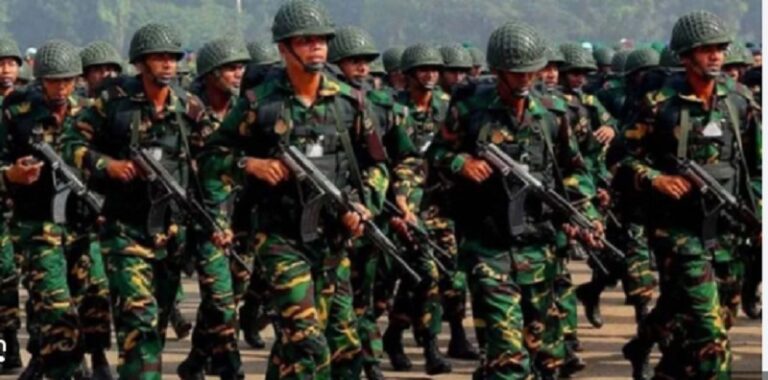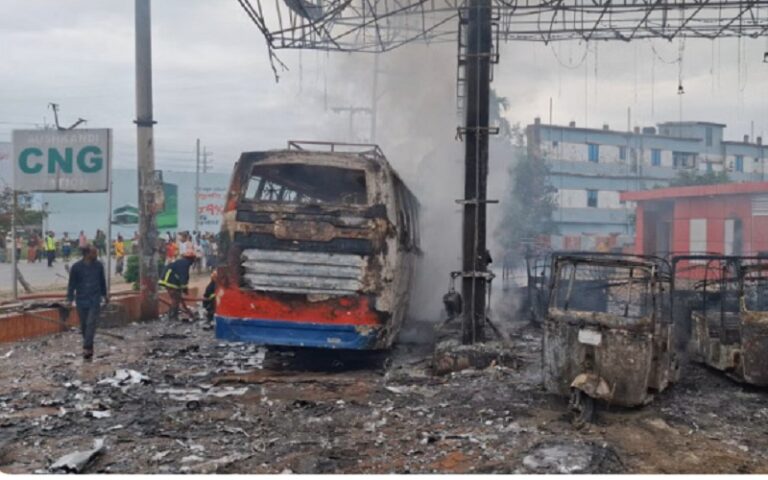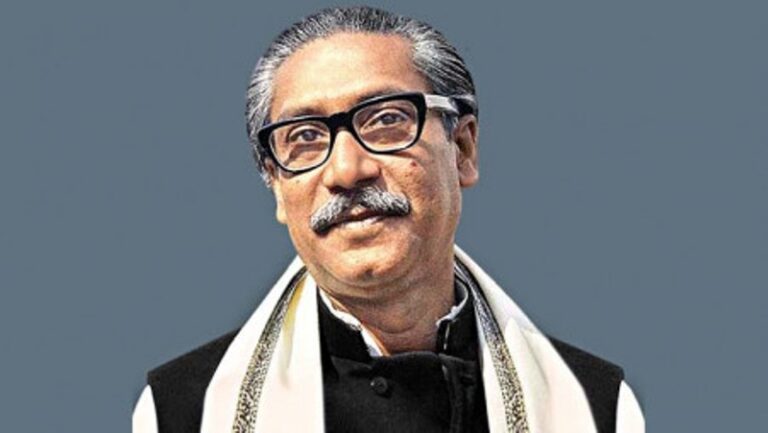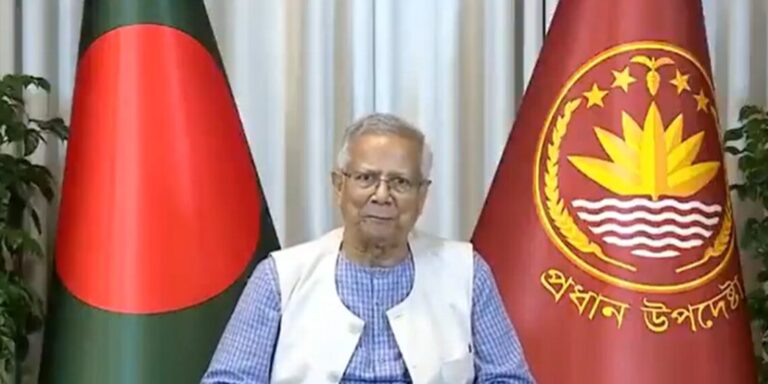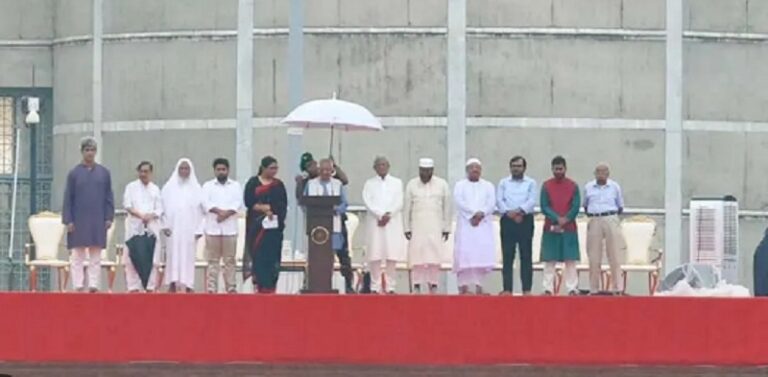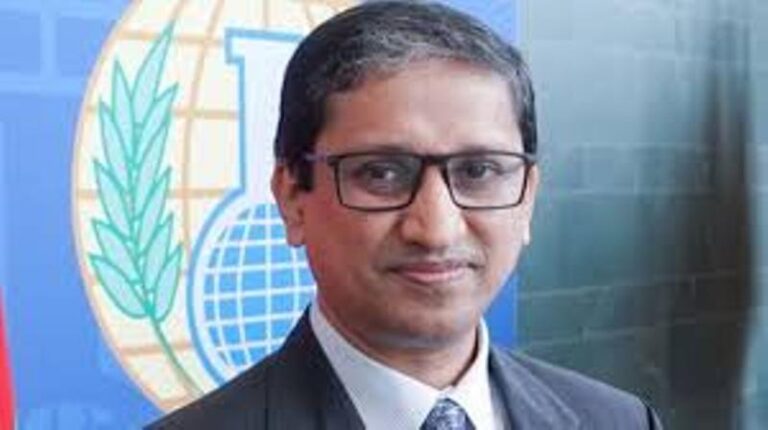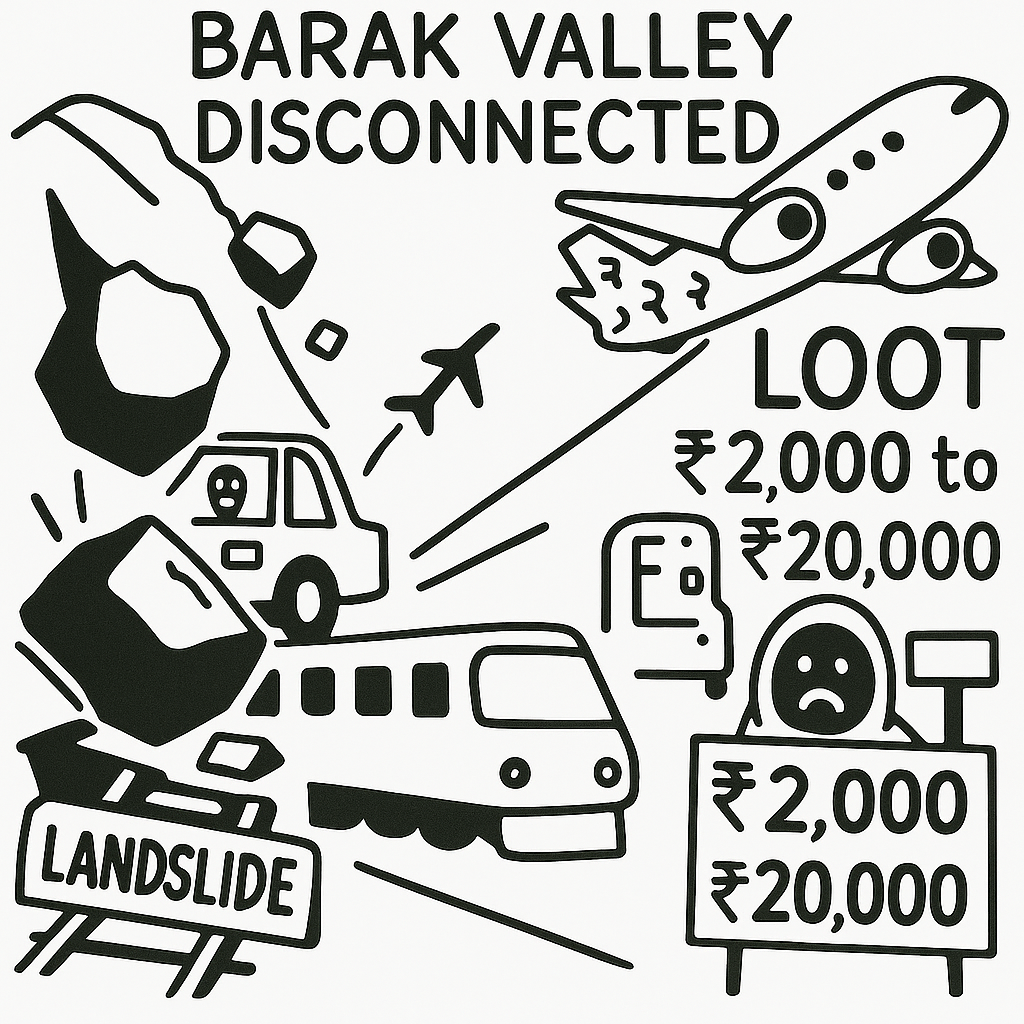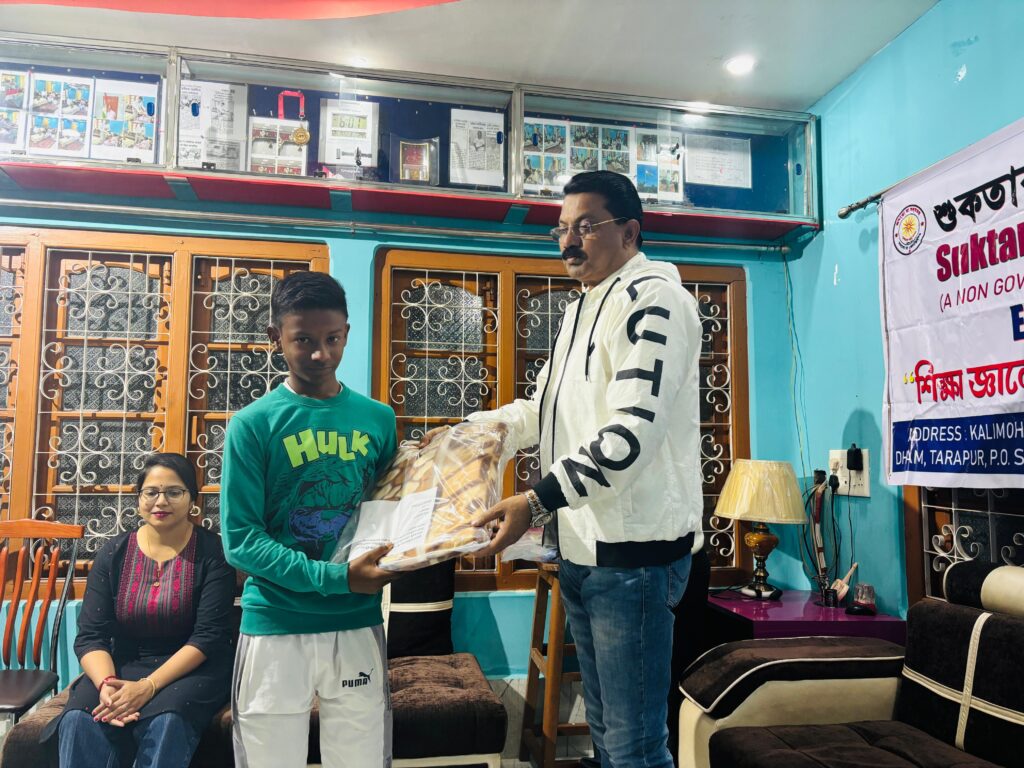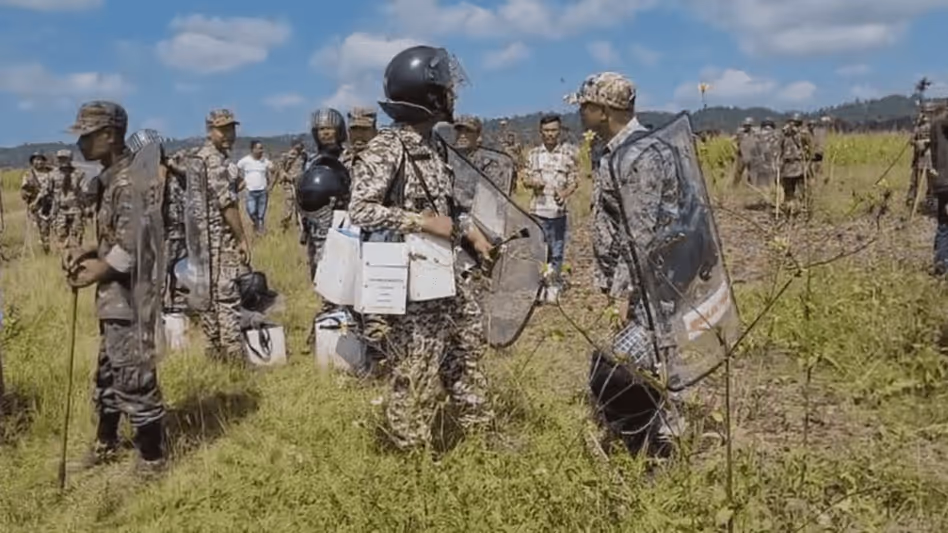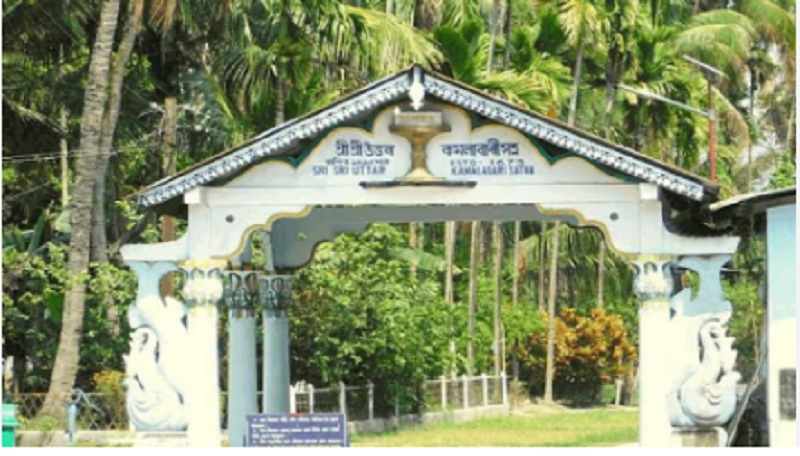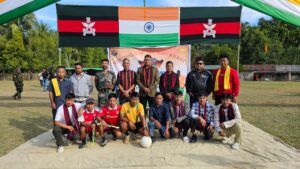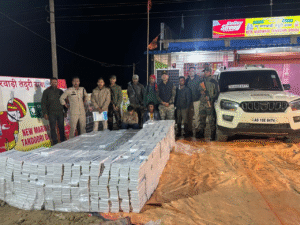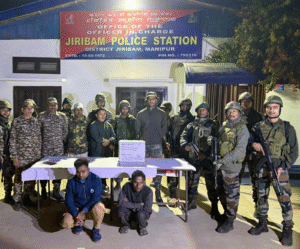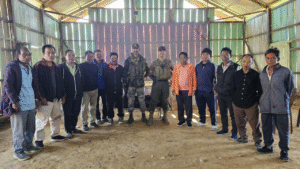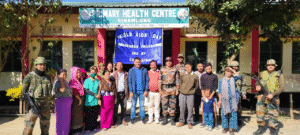Less than two weeks before Sufi pir Nurul Huque’s grave was desecrated and his body burnt in Goalanda, Bangladesh, local Jamaat-e-Islami and BNP leaders secretly convened to incite the act. The outrage stemmed from Huque’s elevated grave, painted to resemble the Ka’aba, which some locals considered un-Islamic. Despite Huque’s family lowering the grave, a mob of ‘tawhidi janata’ stormed the site on September 5, exhumed the body, and set it ablaze with kerosene and petrol before hundreds of onlookers. Investigations reveal Maulana Jalal, the local JeI leader, along with BNP figures Abul Qashem and Ayub Ali Khan, played key roles in orchestrating the violence, though none have been arrested. The episode, condemned as both barbaric and un-Islamic, underscores rising tensions between Bangladesh’s Sufi heritage and Islamist hardliners.




